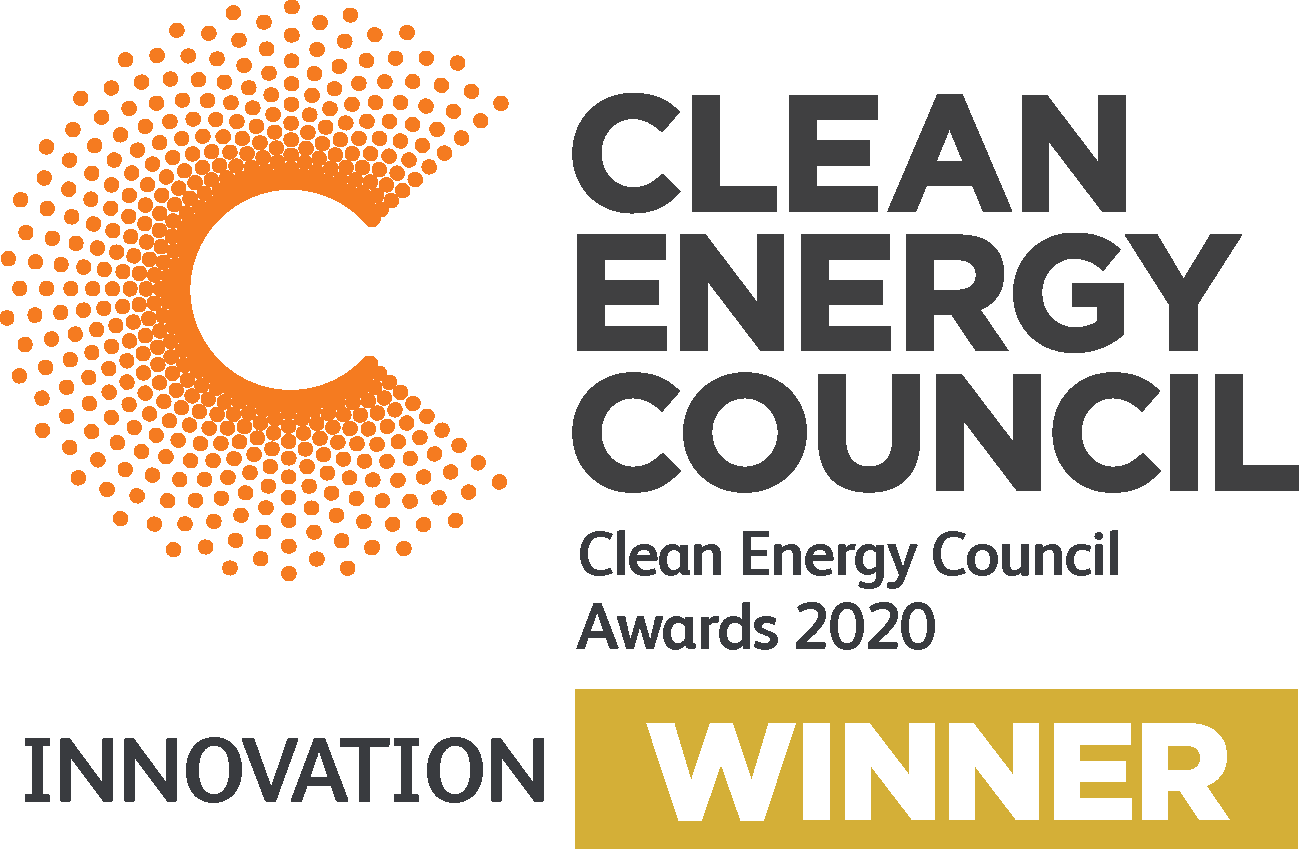I find this rather hair-brained. Maybe there's a niche case or two in support of the idea but I mostly don't see it. Also while I don't see any real safety issues, I don't really see how this can be NEC compliant in most cases. Or at any rate, I don't relish the task of trying to convince an AHJ that I'm allowed to make multiple parallel taps off different feeder circuits to the same piece of equipment, even if somehow a case can be made. (I mean, perhaps in Australia, or most European countries, they have more sensible codes that don't stifle such innovation. But here it's a whole different ball of wax.)
Bigger picture, the device is engineered to accomplish a complicated physical goal that is or ought to be unnecessary. What is required to incentivize solar for apartments and apportion solar production appropriately is regulation and accounting that requires utilities to allow it. California has done the latter with Virtual Net Energy Metering (VNEM). VNEM does require installing an extra meter, which is not exactly cheap or easy. But is installing an extra meter for VNEM more or less hassle than installing this device? I mean, just from the materials-and-labor installation standpoint, red-tape and regulation aside? Hard to say, but the cost of the device would have to be pretty small, under $1k or so, which I doubt it is. Maybe this device could get around some of the regulatory weaknesses in VNEM. But it's a moot point because it's doubtful an AHJ would allow it, and essentially impossible the utility would or could allow it under current law and net-metering regulation in California. It's still an interconnected system and still exports, so it's not an non-export system and each connected meter would still need an NEM agreement, and that's where the big trouble would start.
As far as how they do the switching, I'm sure they could overlap/parallel two of their 'outputs' for a fraction of a second and the inverter wouldn't blink. But it's another thing that raises some funky NEC questions.

 allumeenergy.com
allumeenergy.com


